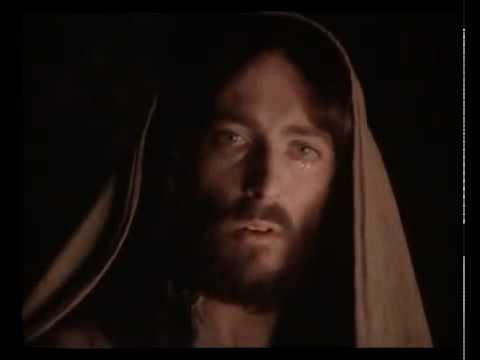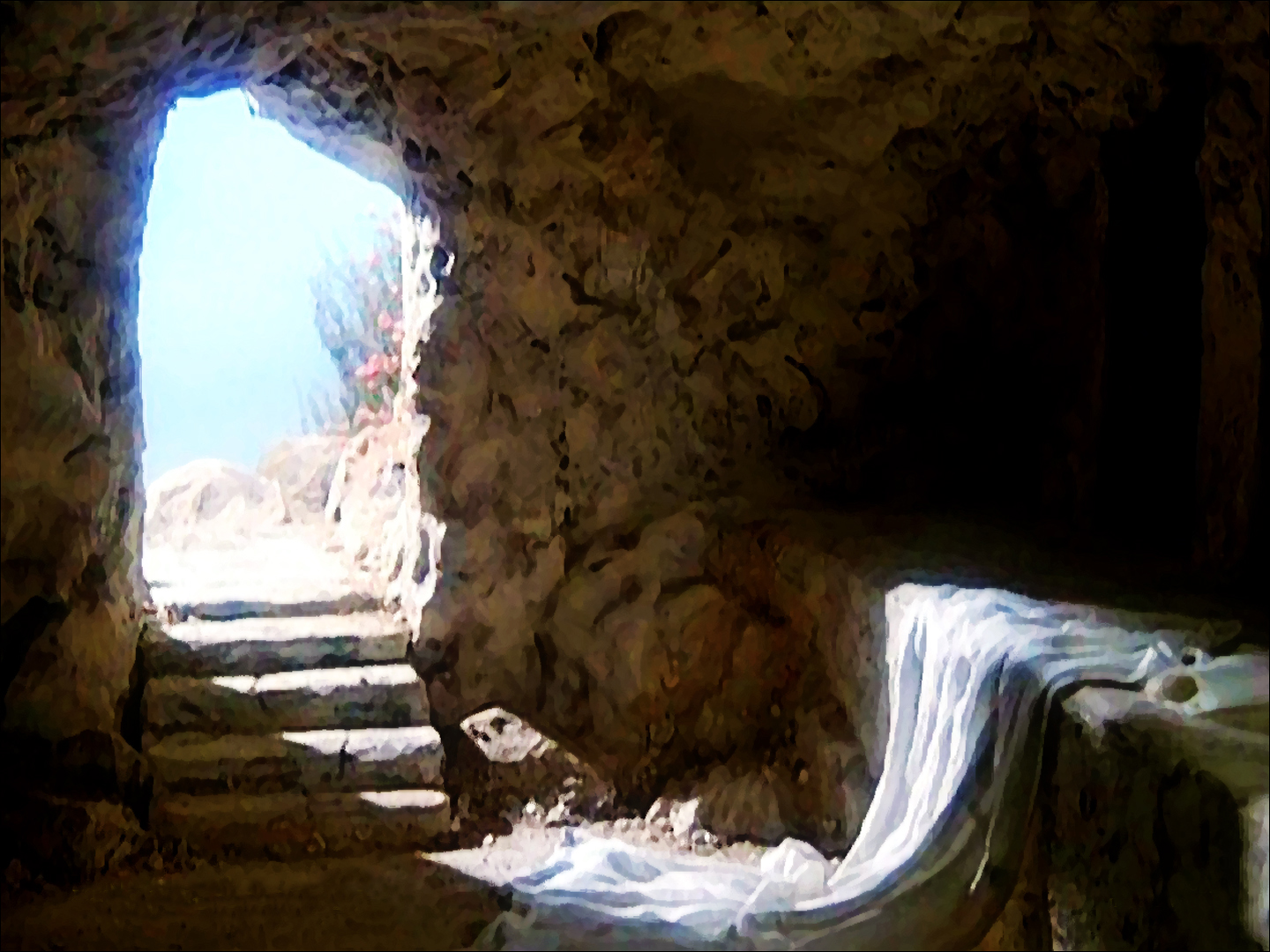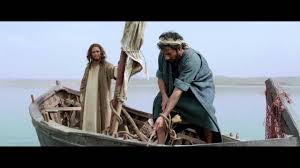 Chaque dimanche, de nouveaux textes bibliques sont proposés à notre réflexion. Pour ma part, je suis souvent à la recherche de l’expression, de la phrase qui risque de passer inaperçue! Les grands thèmes et les idées maîtresses retiennent facilement notre attention. Plusieurs commentaires nous sont offerts pour les méditer.
Chaque dimanche, de nouveaux textes bibliques sont proposés à notre réflexion. Pour ma part, je suis souvent à la recherche de l’expression, de la phrase qui risque de passer inaperçue! Les grands thèmes et les idées maîtresses retiennent facilement notre attention. Plusieurs commentaires nous sont offerts pour les méditer.
Par contre, il y a parfois des passages très courts qui se révèlent porteurs d’un message particulier et important. C’est le cas en ce 13è dimanche de l’Année C (Lc.9 :51-62) où l’évangéliste Luc dit : « Jésus, le visage déterminé, prit la route de Jérusalem ». Il ne s’agit pas là d’un enseignement de Jésus et pourtant Luc a cru bon de faire cette remarque. Pourquoi? On ne peut que deviner certaines raisons mais, pour moi, il s’agit là du thème de ce dimanche : Détermination!
Une qualité importante, essentielle même chez le disciple du Christ. Ne pas commencer quelque chose qu’on laisse ensuite inachevée. Ne pas entreprendre une tâche et l’abandonner. Ne pas initier un travail puis laisser ce labeur incomplet. Le texte de cet évangile nous invite à ce que je nommerais : l’entêtement salutaire!
Jésus utilise un exemple familier à ses auditeurs : celui de l’homme qui met la mais à la charrue. Jésus affirme : « Quiconque met la main à la charrue, puis regarde en arrière, n’est pas fait pour le royaume de Dieu. » Une affirmation claire et catégorique. Et elle s’adresse à nous aussi bien qu’aux gens du temps de Jésus.
On pourrait dire que la détermination est la sœur jumelle de la persévérance. La fidélité de celui qui se met à la suite du Christ se prouve dans la durée – malgré les difficultés, les obstacles, le manque d’encouragement de nos proches, l’opposition des gens, et tout ce qui pourrait se dresser sur notre route et tempérer notre enthousiasme des débuts. Tenir bon, tenir en dépit de tout et de tous et cela… jusqu’au bout! À inscrire dans mon carnet de route!…
 ed in two verses of the Psalms:
ed in two verses of the Psalms:
 Oui, Simon la voit, il l’a vue dès qu’elle a osé mettre les pieds dans cette pièce réservée aux hommes, aux hommes… de bonne réputation! Simon ne veut pas la regarder, l’impureté même, pense-t-il. Mais Jésus l’interpelle et Simon voit la femme, oui, il la voit mais avec ‘les verres teintés’ de ses préjugés de pharisien… mal-pensant!
Oui, Simon la voit, il l’a vue dès qu’elle a osé mettre les pieds dans cette pièce réservée aux hommes, aux hommes… de bonne réputation! Simon ne veut pas la regarder, l’impureté même, pense-t-il. Mais Jésus l’interpelle et Simon voit la femme, oui, il la voit mais avec ‘les verres teintés’ de ses préjugés de pharisien… mal-pensant!


 Quelle réplique étonnante! Le labeur et l’échec de toute une nuit d’effort n’empêchent pas ce pêcheur qui a bien des années dans le métier de suivre le conseil de ce jeune menuisier qui ne doit pas trop s’y connaître en termes de filets et de prise de poisson! Quelle confiance… aveugle ou justifiée?
Quelle réplique étonnante! Le labeur et l’échec de toute une nuit d’effort n’empêchent pas ce pêcheur qui a bien des années dans le métier de suivre le conseil de ce jeune menuisier qui ne doit pas trop s’y connaître en termes de filets et de prise de poisson! Quelle confiance… aveugle ou justifiée?  The scene takes place in the synagogue of Nazareth on a Sabbath day. It is the time to read a passage of the sacred text. As any adult man can do, Jesus takes the scroll and starts reading a text from the prophet Isaiah (Is.61:1-2). Today’s gospel (Luke 1:1-4; 4:14-21) tells us that “All eyes were fixed on him”. Jesus read the first verse, and the second… What followed was … unexpected, unforeseen, in fact, quite shocking!
The scene takes place in the synagogue of Nazareth on a Sabbath day. It is the time to read a passage of the sacred text. As any adult man can do, Jesus takes the scroll and starts reading a text from the prophet Isaiah (Is.61:1-2). Today’s gospel (Luke 1:1-4; 4:14-21) tells us that “All eyes were fixed on him”. Jesus read the first verse, and the second… What followed was … unexpected, unforeseen, in fact, quite shocking!